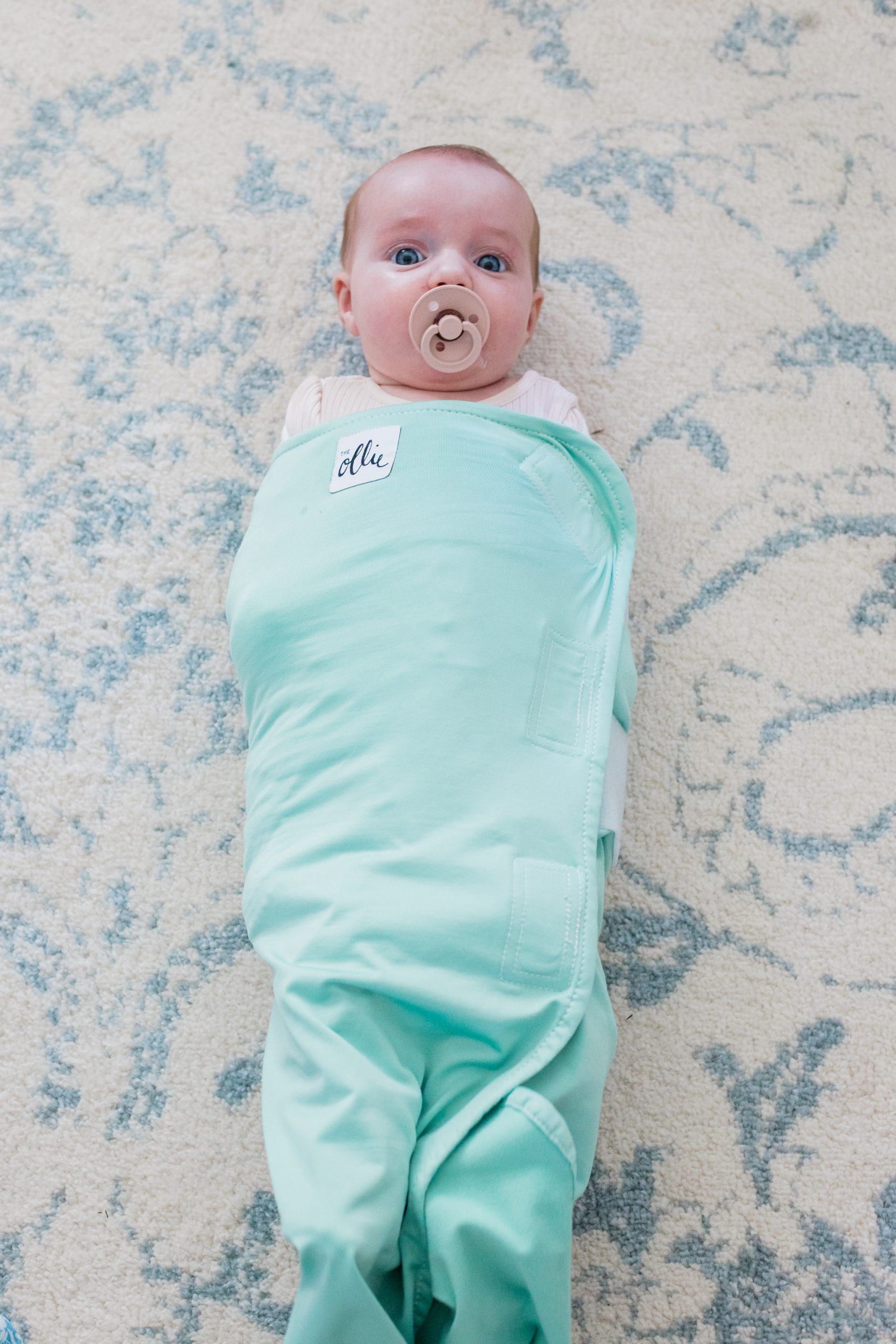The female pelvic system is a complex network of muscles and nerves, so it’s not surprising that giving birth can have lasting effects on a woman’s body. Fortunately, as the field of urogynecology grows, doctors are learning more about how the pelvic system is impacted by pregnancy and childbirth, and how to help women who’ve sustained injuries as a result.
Stay in the know! Subscribe to our free email newsletter to receive the health and wellness information that matters to you most, delivered straight to your inbox.
What’s the Pelvic Floor?
The pelvic floor is a set of muscles that the bladder, bowels, and uterus rest on for support. It can move up and down; control the opening and closing of your urethra, vagina, and anus; and it contains a rich network of connective tissue and fascia.
What Pelvic Floor Issues Can Happen After Childbirth?
One common issue is postpartum incontinence. This can last up to six weeks; longer if an injury or tear occurred. Fortunately, most postpartum symptoms resolve on their own. Urinary incontinence and pelvic organ prolapse are the most significant negative outcomes of childbirth. Vaginal delivery is linked to a high rate of postpartum urinary issues, as well as incontinence of stool and flatulence.
What Symptoms May Be Present?
Pelvic floor damage or weakening of the pelvic floor muscles don’t always manifest the same way. Seeing a hernia or feeling a prolapse when wiping only happens in extreme cases. About six weeks postpartum, book an appointment with your OB-GYN if you have any of the following symptoms:
- A feeling of heaviness in your perineal area
- Pressure in your perineal area
- The feeling of sitting on something when you sit but nothing’s there
- Leaking after urinating
- Difficulty urinating
- Sustained constipation
- Difficulty passing a bowel movement even when it’s soft and not compacted
Pelvic Floor Recovery
Doing Kegel exercises correctly will help strengthen your pelvic floor muscles. To do this exercise, you squeeze the muscles you use to control the flow of urine, and hold for up to 10 seconds, then release. You should try to do at least three sets of ten repetitions a day. If problems persist, you may want to schedule an appointment with a pelvic floor specialist.
Learn More About the Pelvic Floor After Childbirth from Baptist Health
If you have more questions about your pelvic floor or suspect that you’re experiencing pelvic floor issues, contact your OB-GYN or call the Baptist Health Mother and Baby Care services nearest you for more information.
Next Steps and Useful Resources:
Learn about After Your Delivery and the Baptist Health Difference
Explore the Benefits of Breastfeeding and our Lactation Consultants
How to Help Boost a Baby’s Immune System
What Does it Feel Like to Have Postpartum Depression?
,












